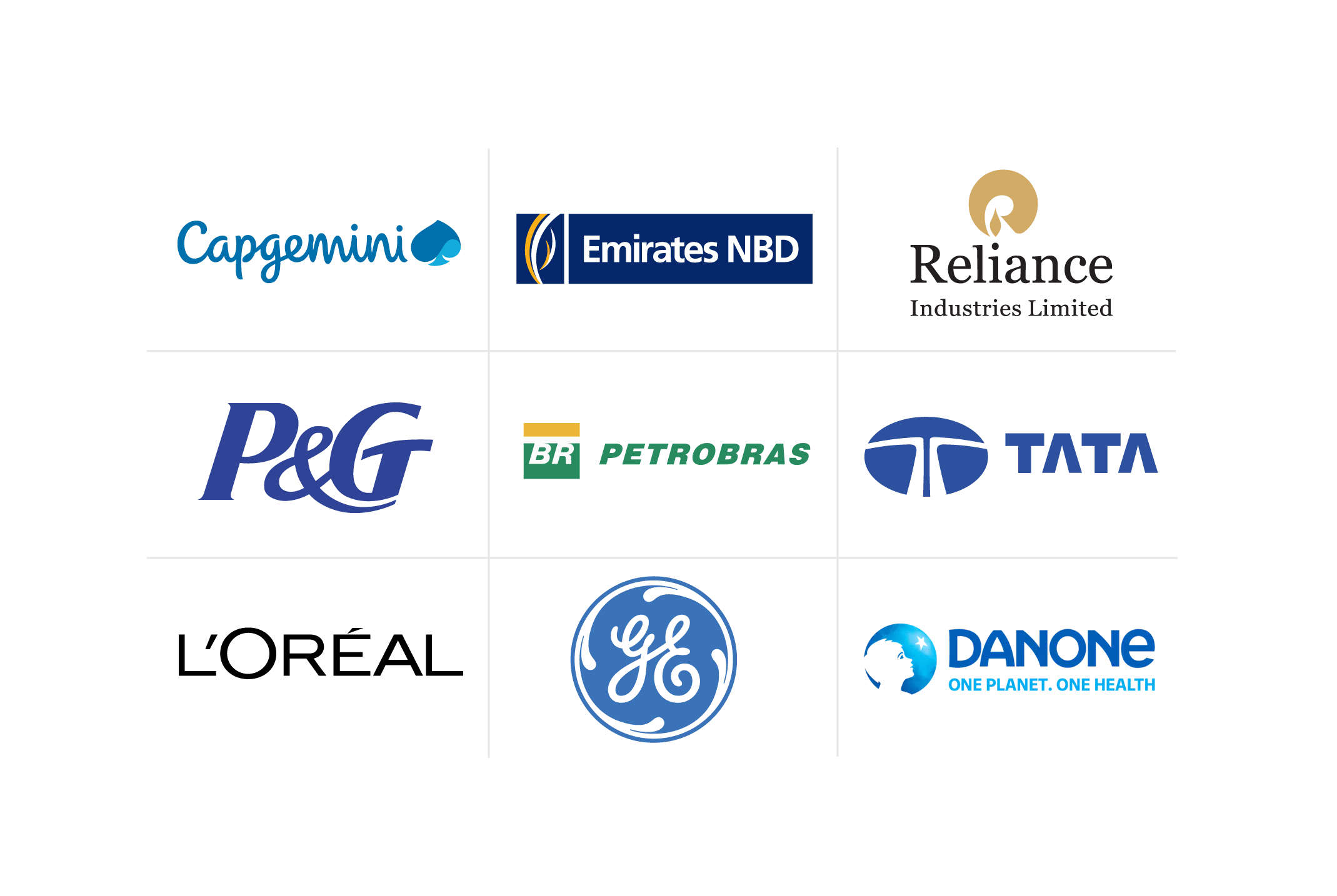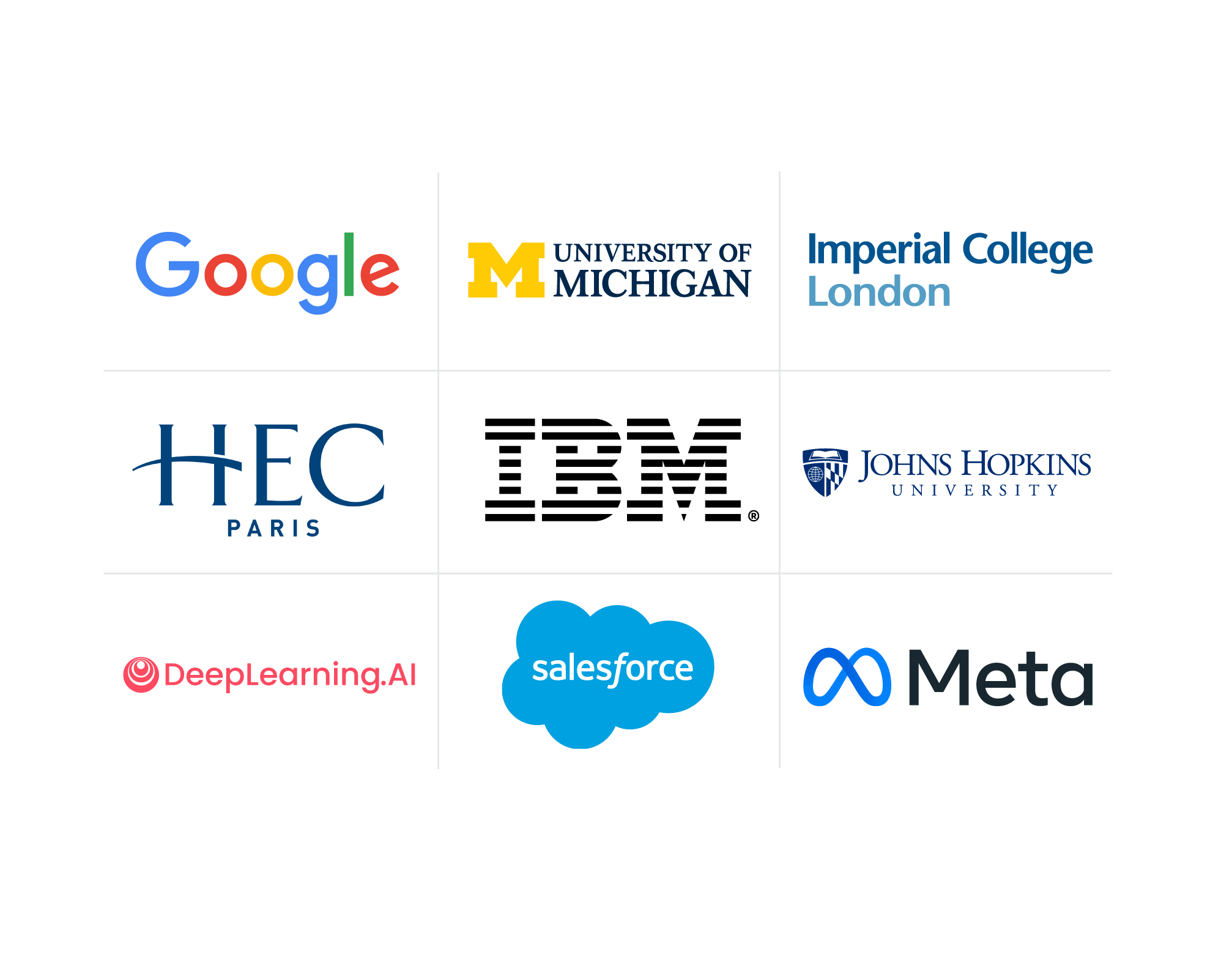Building an Ideal Learning Environment for Corporate Success
Explore the connection between a high-quality learning environment and corporate success. Learn how to create a positive, inclusive, and collaborative learning space to inspire your employees and foster a positive culture of continuous learning.
![[Featured Image] A team meets to discuss the prosocial values of their company and how they factor into the organizational citizenship behavior they want to promote.](https://d3njjcbhbojbot.cloudfront.net/api/utilities/v1/imageproxy/https://images.ctfassets.net/2pudprfttvy6/5tB9PqyIZfCKL5eKUaoraM/ecf534693978f34062832e443d345cf6/GettyImages-648950244.jpg?w=1500&h=680&q=60&fit=fill&f=faces&fm=jpg&fl=progressive&auto=format%2Ccompress&dpr=1&w=1000)
Corporate companies are realizing the importance of attracting and retaining talent by building a learning culture in their organizations. A recent study on employee engagement by Better Buys found that of the more than 2,000 employees surveyed, 92 percent indicated they valued employee development, and those who experienced professional development listed 32 percent higher employee retention [1].
Creating a culture of continued learning within your organization includes having an effective learning environment, both as a mindset and physical space. Discover ways to build your corporate learning environment, ensuring it is positive, inclusive, nurturing, and utilizes appropriate technology.
Defining a positive learning environment
A learning environment empowers employees to control their development journey through training and knowledge-gaining opportunities offered in the workplace. These opportunities could include courses, learning resources and technology, mentoring, and workplace collaboration, but more than that, it is an ideology that centers learning and development.
The impact of learning environments on employee performance
An effective learning environment can positively impact employee performance in many ways. The Better Buys survey mentioned above also found that employee engagement increased by 15 percent among employees who received professional development opportunities [1]. This increase in engagement positively impacts factors such as increased productivity due to fewer mistakes and high morale, increased collaboration, increased initiative and innovation, and improvements in customer relations.
Read more: What Is Workplace Learning?
Designing a flexible and inclusive learning space
When designing a corporate learning environment, you can find several things to consider that relate to the physical space you create for employees to thrive in. The look and feel of a learning space, including colors, furniture, and layout, is essential in creating an area conducive to learning. However, it also needs the necessary resources and technology and the flexibility to be inclusive to all who use it.
1. Adapt learning spaces to employee needs
The workplace is diverse and comprises people with different abilities, needs, and sensitivities. When you create a learning environment, it’s essential that it is accessible to all. The environment includes the material you cover through learning opportunities and the physical space that employees enter.
As you implement learning environments in your workplace, design learning spaces that allow equipment and resources to be physically accessible and account for comfort and inclusion so anyone with accessibility needs can access the space safely and confidently. Consider your delivery of material by employing various methods, from group work to individual work, hands-on learning, and computer-based activities. This way, you are mindful of a range of learning styles.
It’s also important to factor in learners’ diversity and preferences. Encourage learners to share perspectives, celebrate diversity, and be considerate of the language used.
2. Leverage technology for virtual learning environments
With new options for training, meetings, and learning, consider leveraging technology in your learning environment. Options include interactive displays, audio and video integration, web-based platforms, mobile technology, and a company intranet.
You may consider a virtual learning environment where employees access online training and development. An online learning environment is effective for remote working and allows learners to engage in learning at any location and time. It also allows for participation across multiple corporate locations.
Read more: 5 E-Learning Trends That Benefit the Workplace
3. Nurture a continuous learning mindset
Building an effective learning environment is about creating a culture that values learning as an ongoing process. Companies that adopt this approach foster a mindset that encourages employees to be curious, expand their skills, and act on their training and development needs.
As an employer creating a learning environment, it’s essential that you not only encourage learning but also provide ample opportunities for learning, development, and promotion. Encouraging learning as a part of everyday work is important, and recognizing employee achievements plays a part.

Overcoming challenges in crafting the ideal learning environment
Getting new employees to embrace a continuous learning culture from the onboarding stage is important. For existing employees, making the change may bring challenges. Speak to employees and ask them to take a skills audit to identify their areas of training needs. Allow them input on what they want to learn and their learning preferences so they feel motivated and engaged in the process, knowing individual needs are met rather than a blanket approach.
To boost interest in engagement in learning and development, consider the following strategies:
Use role models: Managers and team leaders can serve as role models to the workforce by undertaking training and development, encouraging others to do so, and celebrating their wins.
Promote collaboration: Working with others is a great way to learn different perspectives and new ways of doing things. Encourage cross-team collaboration as part of an employee learning experience.
Focus on long-term goals: Create a culture that facilitates growing employees from within rather than relying on recruiting external talent.
Use technology: Make use of technology that allows you to give numerous training options, various ways to communicate, and access to training and development techniques that aren’t possible in person.
Start learning with Coursera
Enhancing corporate learning by creating a learning environment and continuous learning culture within your company brings many benefits to both employer and employee. Engaging employees and supporting them to grow and develop in a safe, inclusive environment breeds a loyal workforce with the mindset to develop within their roles and beyond. Plus, it also increases retention, employee engagement, and job satisfaction.
Attract frontline talent, support internal mobility, and prepare workers for in-demand, digital jobs with Career Academy from Coursera. Featuring a curated catalog of guided tutorials and projects focused on high-value digital skills and tools, Career Academy offers competitive career development opportunities with training programs from industry leaders like Google, Salesforce, Intuit, Meta, and Ashok Leyland, among many others. Explore Coursera for Business to learn how to provide the technology training your business needs to be competitive.
Article sources
1. Better Buys. “The Impact of Professional Development, https://www.betterbuys.com/lms/professional-development-impact/.” Accessed August 22, 2024.
This content has been made available for informational purposes only. Learners are advised to conduct additional research to ensure that courses and other credentials pursued meet their personal, professional, and financial goals.


